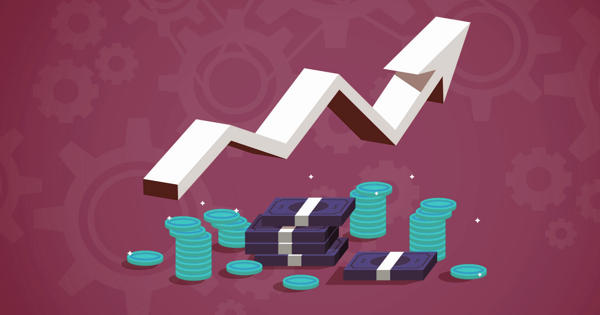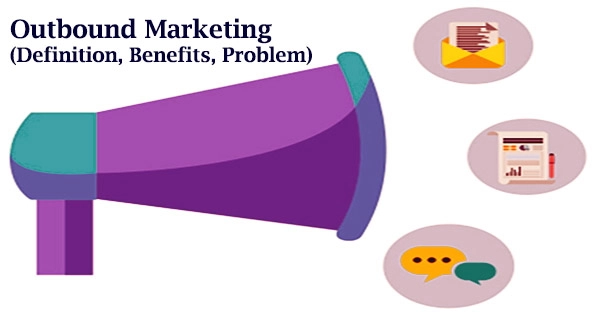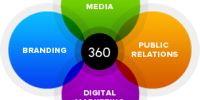Dynamic pricing is a method firms use to constantly adjust the price of goods/services depending on demand. It also referred to as demand pricing, or time-based pricing is a pricing strategy in which businesses set flexible prices for products or services based on current market demands. For example, if there is a surge in demand, firms respond to the market data by increasing prices. Businesses are able to change prices based on algorithms that take into account competitor pricing, supply and demand, and other external factors in the market. It is when a company changes their pricing to match demand and supply.
“Dynamic pricing is a common practice in several industries such as hospitality, tourism, entertainment, retail, electricity, and public transport.”
A successful dynamic pricing setup relies on 5 core steps:
- Define your commercial objective,
- Build a pricing strategy,
- Choose your pricing method,
- Establish pricing rules,
- Implement, test, and evaluate the strategy.
Dynamic pricing is a common practice in several industries such as hospitality, tourism, entertainment, retail, electricity, and public transport. New technology has increased the scope for more variable dynamic pricing, and it is increasingly used by companies, such as airlines, taxi companies, and hotels. Each industry takes a slightly different approach to dynamic pricing based on its individual needs and the demand for the product. Dynamic pricing enables a firm to set multiple different prices and maximize total revenue.

Advantages
- Firms can increase revenue and enable them to run a wider range of services.
- Consumers who travel at unpopular times can benefit from lower prices.
- Varying the price can enable the firm to pay employees a higher wage to work during peak times.
- It is a way to avoid queues and excess supply. It can smooth consumption over fluctuations in demand.
Disadvantages
- Consumers who pay the higher price may feel ripped off.
- Surge pricing can lead to bad headlines, e.g. high prices during a tragic emergency.
- To combat these headlines, firms can place manual limits on the amount of prices surge by.
- Cost to the firm of monitoring and evaluating data.
Dynamic pricing is unpopular with some consumers as it favors the wealthy, who are less likely to be priced out of a market when there is high demand, such as the electricity market during a heatwave or the food industry during a famine. Modern technology allows much more sophisticated forms of dynamic pricing because the company can view real-time data. For example, if there is a bus strike on one particular day, demand will surge, and the company can raise prices instantly. It is the latest pricing trend that has taken the e-commerce industry by storm. Find out why it’s important for your business.
















